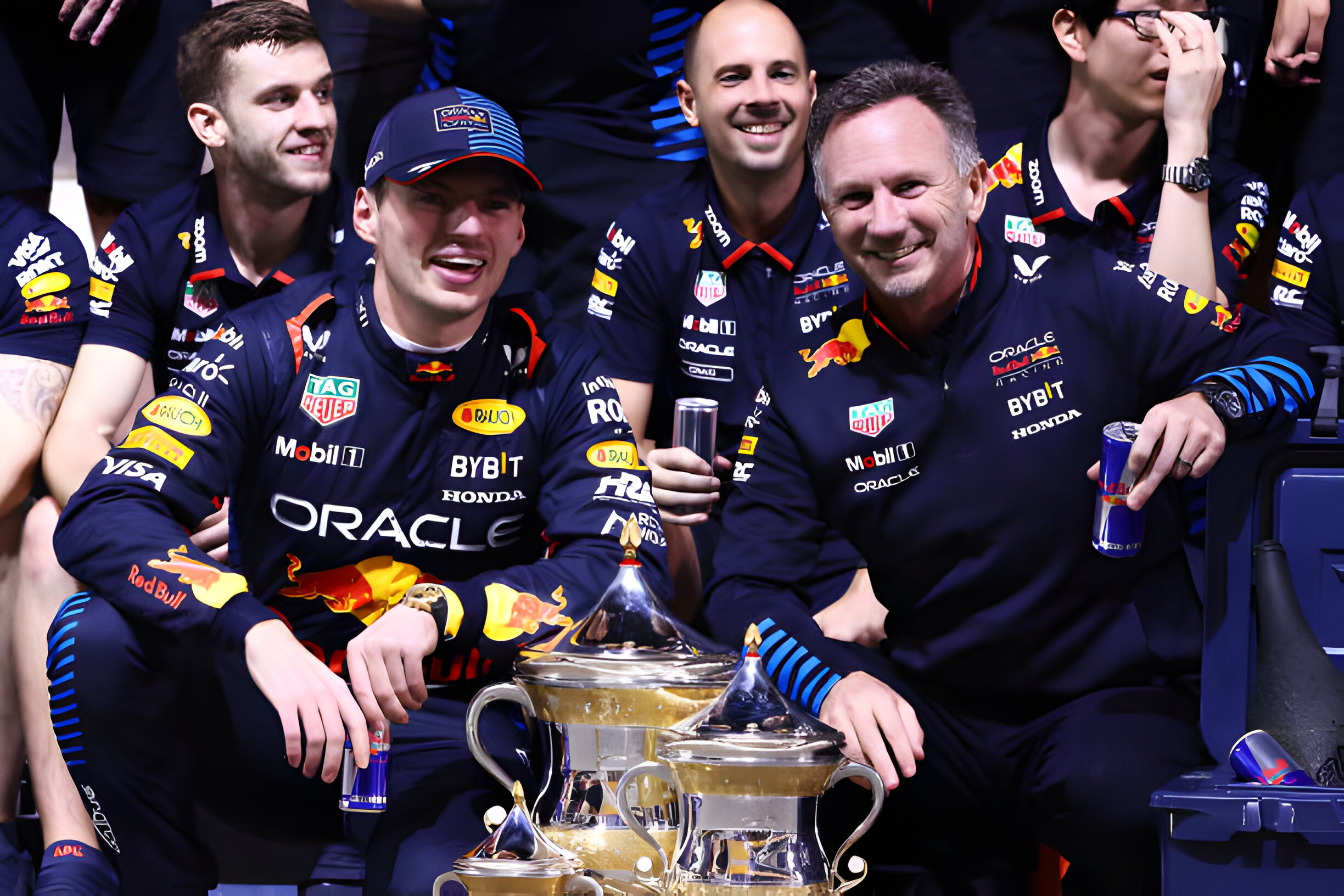When George Russell's crash triggered a Safety Car on Lap 12 of the Canadian Grand Prix, teams were faced with crucial strategic decisions regarding pit stops and tire changes. Most opted to switch to hard compound tires that could potentially last until the end of the race. The resulting chaos in the pit lane saw incidents that required scrutiny from race stewards.
Two unsafe releases caught the attention of stewards - one involving Lewis Hamilton and Fernando Alonso, and another between Lando Norris and Alex Albon. Ultimately, no penalties were imposed for these incidents, but they sparked debates among fans and experts alike.
The release between Hamilton and Alonso appeared marginal but was handled well by Mercedes. Though Alonso weaved aggressively on track while expressing his discontent through gestures and radio messages to his team, it seemed more like an attempt to provoke a penalty rather than genuine safety concerns. This kind of behavior is becoming increasingly prevalent in F1, reminiscent of football players lobbying referees for favorable decisions.
Norris's release into Albon posed a trickier situation for stewards than the front battle between Hamilton and Alonso. Norris had a slow start from his McLaren pit box which brought him dangerously close to Williams after their swift stop. Navigating through Montreal's tight pit lane proved challenging as many other crews were preparing their own cars for pitting simultaneously.
Albon slowed down slightly to allow Norris space without contact - a move that prevented an unsafe release by McLaren according to former F1 driver Jolyon Palmer who expected Norris would receive some penalty for the incident.
Palmer expressed surprise over Norris not being penalized for this pit stop release, considering that such incidents typically result in a five-second penalty. However, it was another incident earlier in the race that ultimately led to Norris's penalty.
Norris received a penalty for "unsportsmanlike behavior" due to his deliberate slowing down before entering the pit lane during a Safety Car period. By doing so, he created enough gap to enable McLaren to perform a double-stack pit stop with teammate Oscar Piastri effectively. Despite technically correct steward decision-making, Palmer questions the consistency and severity of penalizing drivers in such situations.
He highlights Carlos Sainz's similar actions further down the field when Sainz slowed down initially before realizing neither Ferrari driver would be pitting. The contrast between penalties imposed on Norris and Sainz raises doubts about fairness and inconsistency among stewards' decisions.
The consequences were disappointing for Norris as he had displayed impressive overtaking skills throughout the race while making up positions within DRS trains. His penalty dropped him from 9th to 13th place, costing him valuable points and leaving him understandably disheartened after the event.
Considering an increasing number of Safety Cars occurring in Formula 1 races nowadays, similar instances are likely to arise where drivers slow down strategically behind their teammates or rivals ahead of potential pit stops. Stewards will face challenges determining how best to address these situations following their stance on Norris's penalty in Canada.
While it may have been an unfortunate outcome for Norris this time around, there is hope that future incidents will be handled more consistently by stewards without compromising fair competition among drivers.
FORMULA1
News
Lando Norris' Overtaking Skills in Canada Eaise Questions About 'unsportsmanlike' Penalty
Lando Norris showcased his exceptional overtaking skills during the Canadian Grand Prix, making up several positions in DRS trains. However, his race was marred by a controversial penalty for "unsportsmanlike behaviour," leading to questions about the consistency of steward decisions in Formula 1.
23 Jun, 02:00
2 years ago
Author:
Racing Union

Source:
McLaren - Lando Norris
More articles:

F1 2025 Car Launches: Complete Guide
11 months ago
Racing Union

Hamilton's Upcoming Ferrari F1 Car Test
11 months ago
Racing Union

F1 Australian Grand Prix 2024: Weather Conditions in Melbourne
1 year ago
Racing Union

Leclerc Praises Bearman's Impressive F1 Debut
1 year ago
Racing Union

Max Verstappen's Future at Red Bull
1 year ago
Racing Union